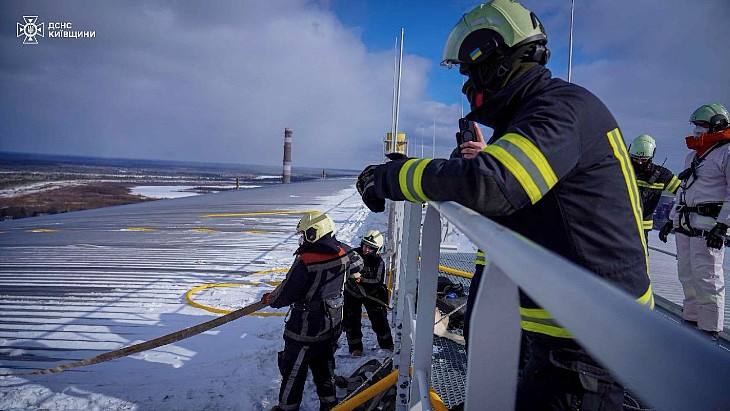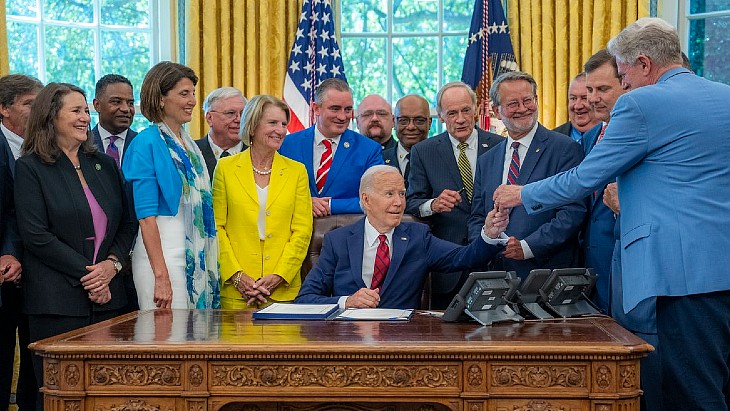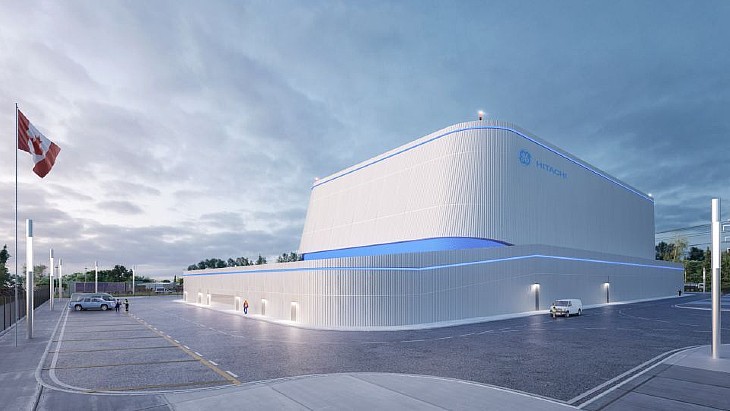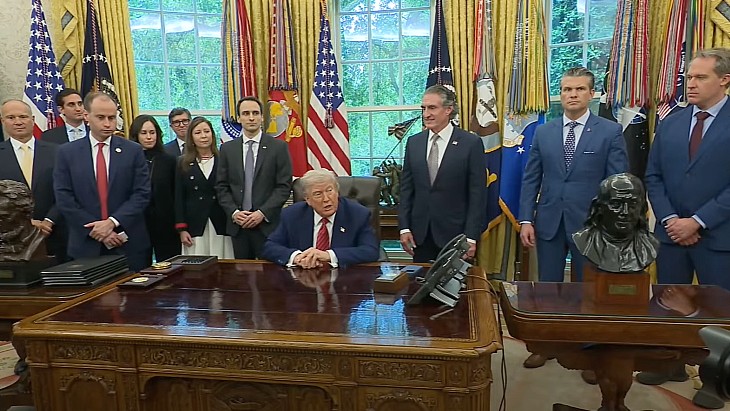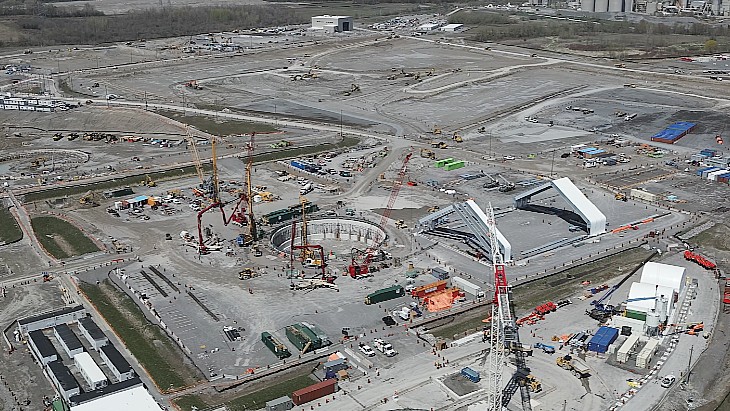Entergy identifies cause of tritium leak
.jpg) Entergy has determined that a tritium leak at its Vermont Yankee nuclear power plant was primarily caused by an earlier design deficiency and inadequate inspection of an underground area of the plant that could not be accessed.
Entergy has determined that a tritium leak at its Vermont Yankee nuclear power plant was primarily caused by an earlier design deficiency and inadequate inspection of an underground area of the plant that could not be accessed.
Entergy has determined that a tritium leak at its Vermont Yankee nuclear power plant was primarily caused by an earlier design deficiency and inadequate inspection of an underground area of the plant that could not be accessed.
.jpg) |
| Vermont Yankee (Image: NRC) |
The conclusion was that the Vermont Yankee plant's advanced off-gas (AOG) pipe tunnel "was not accessible for inspection which prevented staff from identifying the two leaking AOG pipes and that the tunnel drain line was blocked with construction-related material left in the tunnel after work there in 1972." It added, "The blockage prevented the tritiated water from passing through the drain-line and into a tank. Subsequently, design and construction in 1978 of an unrelated pipe connected to the tunnel created a pathway into the ground. The leakage from the two AOG pipes into the tunnel was caused by internal corrosion."
The analysis also found that the plant did not fully implement groundwater protection measures recommended in a voluntary industry initiative. The analysis faulted an inadequate commitment by management to implement the initiative which created a lack of clearly defined organizational roles, responsibilities and program definition. The analysis concluded that the groundwater protection initiative, if fully implemented, "may have prevented or led to more timely identification of the tritium leakage to the groundwater."
Entergy reported that it has provided the final root cause analysis findings to state and federal regulators, other US nuclear power plant operators and to the public.
Initially, the company was accused of misleading state officials on the existence of underground piping potentially causing the leak. It later told the Vermont Attorney General that an internal investigation found its employees did not intentionally mislead state officials, but statements of workers "led to misunderstanding and, taken out of that context, the responses were incomplete and misleading."
The Vermont Yankee plant has implemented a groundwater remediation plan that involves pumping the water to the surface for filtering and storage for use in the plant. Entergy noted, "That process has been successful in steadily reducing the concentration of tritium in the site's groundwater."
The Vermont Yankee plant, comprising a single 600 MWe boiling water reactor (BWR), began operating in November 1972. Its operating licence is due to expire on 21 March 2012, but in January 2006 Entergy submitted an application to the US Nuclear Regulatory Commission (NRC) to extend the licence by 20 years to March 2032. The application is currently being reviewed by the applicable regulatory agencies.
However, in late February the Vermont Senate voted by four in favour and 26 against the extended operation of the Vermont Yankee plant, which supplies around one-third of the state's electricity. Their reasons for voting against renewing the plant's operating licence included safety concerns, as well as worries that electricity prices in the state could be higher and more volatile if Entergy continues operating the reactor. Vermont is the only US state with a law giving its legislature a say over a nuclear power plant's relicensing.
Researched and written
by World Nuclear News

